Tips, Sightseeing & Survival Guide To The Czech Republic Capitol
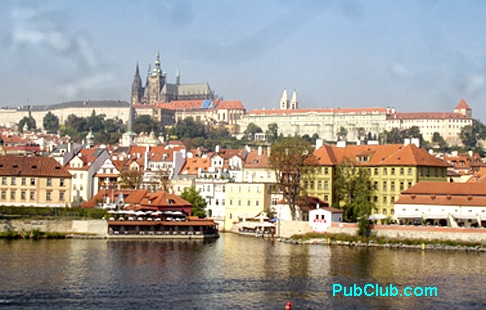
In the world of destinations, Prague is a world away from other major cities.
Prague is old – the castle dates back to about 880 AD – but it’s also new to explore. That’s because it was not until the early 90s that the Soviet Union withdrew and the Czech Republic was formed.
In that short span, though, it has become a favorite place for travelers as well as a home for people from all over the world – particularly Americans – who are attracted by Prague’s carefree existence, its beauty and incredibly inexpensive food and drinks.
Yes, beers in Prague really do cost slightly more than a US dollar.
The appeal is readily apparent. We’ll make this Prague-nostication: You’ll like Prague.
Arrival & Orientation, Getting Around Prague
Look for Landmarks – And Keep the Map in Easy Reach
Prague is a majestic city with cobblestone streets, dozens of church spires, a famous pedestrian brick bridge connecting the city to a real-life castle and a casual conscience.
But one has to get there first.
‘The airport is northwest of the city. To town, buses numbers 100 and 119 cost 20KC while taxis are about 600KC. (app. 30 minutes). The central train station is a casual 10-15-minute walk to the central point of town. When coming in by train it’s important to note there are two Prague stations; the second stop is the main station.

Old Town Square is the main square, though it’s not exactly located in the center of Prague. It is framed by two huge churches – one of which sports the popular astrology clock that attracts hundreds to watch it twitch every hour – and surrounded by cafes. A statue of reformer John Hus occupies one corner and is one of the city’s top hangout spots.
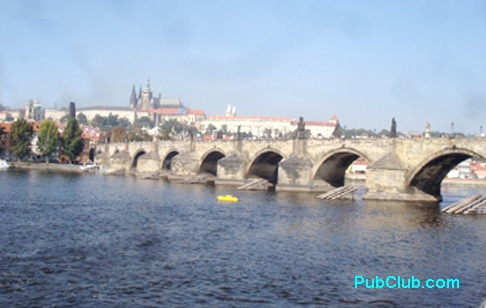
From there, it’s a straight shot (well, as “straight’ as anything can be in Prague) to the world-famous Charles Bridge. Leading to the Prague Castle, the pedestrian and cobblestone Charles Bridge is the city’s signature landmark. Vendors on each side sell jewelry, paintings and oddball arts while musicians squeezing out a living in their idillic world play for tips.
TRANSPORTATION AND GETTING AROUND PRAGUE – Pack a solid pair of shoes; this will be as valuable as a map. Prague is a great walking city and unlike Paris, where landmarks such as the Eiffel Tower and Arc de Triumph appear to be close only to be several kilometers in the distance, Prague’s major parts can be reached in a charming 10-20 minutes.
It’s likely to be a confusing journey. There are few major streets and fewer still that are in a straight line. Rather, they curve and go off at angles, making getting from one place to another seem like a board game.
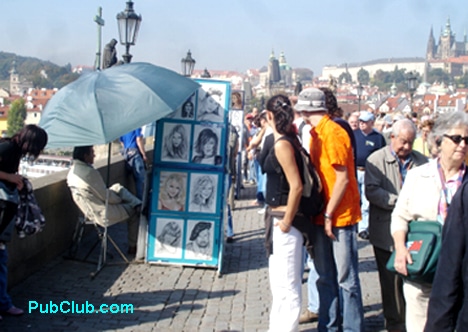
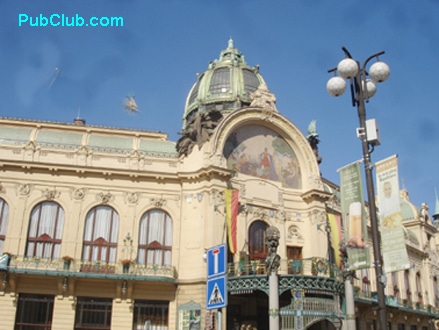
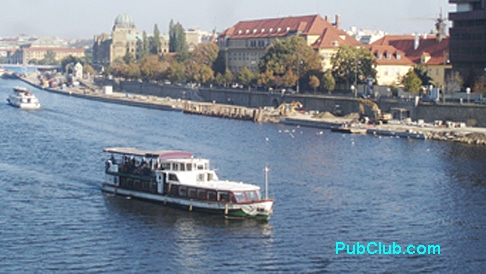
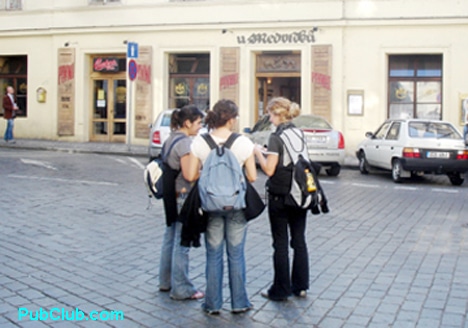
There are no street signs, just occasional green ones on the side of corner buildings. Locals navigate by going under archways, through shopping malls and down tiny alleys. Tourists do the same, though largely unintentionally.
Even in today’s world of phone apps, an essential tool is a good map and by far the best is the multi-foldout Prague City Map & Guide from Prague Navigator.
One of the more typical scenes in Prague is of people standing on street corners, maps out, fingers pointing in one area and a look of utter confusion on their faces.
PRAGE TIPS – Look up often and search for recognizable landmarks, like a familiar church steeple or clock. Find the Vltava River; it runs north, then curves to the west of the city. On nice days the sun can be a very effective navigational beacon. And remember, attitude is the difference between ordeal and adventure, so relax and enjoy the adventure.
If nothing else, take a break at one of the city’s many bars; they are practically every street corner.
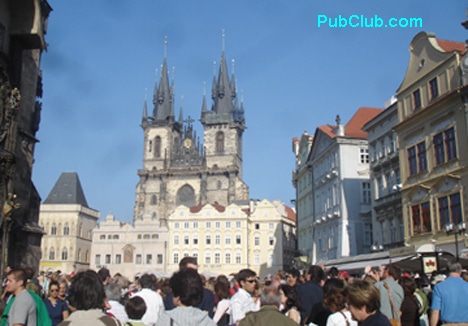
Walking is safe and drivers are among the most courteous in Europe. They actually stop to allow pedestrians to cross without them having to worry about getting pummeled. (Perhaps it’s because locals tend to walk on the streets as much as they do
Still, there are few intersections or even traffic lights so look carefully in all directions. Where there are crosswalks, be like the locals and wait for the crossing light. They have an amusing ticking system – when it’s red the ticking is slow, like a clock. But when it goes green it speeds up like one of those Acme devises from the Wiley Coyte cartoons or Inspector Clouseau movies, as if to say: “Hurry up or else!”
Prague is such a good walking city that the Metro, street cars and taxis don’t really ever come into play. As an FYI, the Metro is only 17KC but have exact change, even at the ticket booths. Taxi drivers have a well-deserved reputation for rip-offs; take only cabs with fares posted on the door and ask the price ahead of time. AAA Taxi is the city’s best and most reliable cab company.
CURRENCY – Prague has its own monetary system, the crown, shown as KC at shops, restaurants and bars. Bills come in 50, 100, 200, 500, 1,000 and 2,000, with coins up to 50KC. Telling the 10 from the 20 from the 50 takes a bit of concentration and good lighting. Bank ATMs, while certainly not on every corner, are prevalent enough.
TIPPING – Generally, round off to the nearest KC or for a meal, the nearest hundred KC.
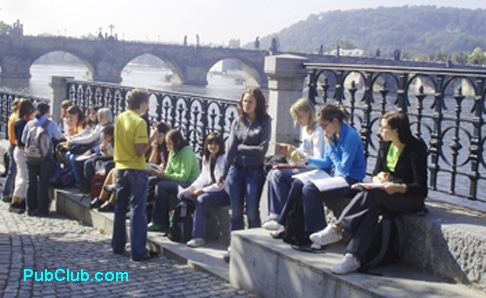
Accommodations & Where to Stay
It’s Best to Have a Reservation Secured in Advance
To maximize you time in Prague, make a hotel reservation. It can be particularly time-consuming to find a hotel, especially May thru September.
It’s not impossible to get a room – the airport and train station have accommodation-finding services and walking around can reveal a real find – but securing a place at the right price and location can take hours. There is better time to be spent in Prague.
As far as location, any place around Old Town Square is ideal. Most of the city can be walked in 5-10 minutes from this centrally-located area. Most hotels have the number of stars posted by the entrance. There are a few hostels in Prague, as well as a number of 3, 4 and 5-star properties.
Somewhat strangely, even three-star hotels charge in the 2000-2500KC range, which seems a bit steep for town where a beer around the corner is just 30KC. Cheaper accommodations (1500-1700) are available behind the train station near the needle tower; while this is about 20 minutes from Old Town Square, the area does, however, have its own interesting sights, restaurants and bars.
HOTEL TIPS – Most hotels offer discounts for payments in cash. This ranges from 5-40% depending on the hotel and time of the year, so it’s always worth asking a particular property’s policy. Hotel prices include some type of breakfast (juice, breads, meats).
Travel sites can be a good starting point, but they may not have relationships with some of the smaller hotels known to locals.
Avoid the immediate temptation to stay along the double-wide street at Wenceslas Square. It’s tempting because it’s full of life, has many hotels on both sides of the streets and is just five minutes from the train station (out to the left, right at McDonald’s). But by nightfall, it becomes what we call Prague’s P&P Place – pickpockets and prostitutes.
And while on the subject, pickpockets are a prickling annoyance and perhaps Prage’s biggest problem. We’ve heard of pants legs and pocketbook strings being cut and wallets lifted without the occupants even knowing until later. The worst place for the P&Ps is Wenceslas Square at night.
So be on the alert anywhere in Prague and only carry the minimum amount of cash or credit cards, especially here and on trains. We also advise following these anti-pickpocket tips.
Perhaps a good deterrent to this petty but nagging crime would be to send offenders to the Museum of Torture for their punishment.
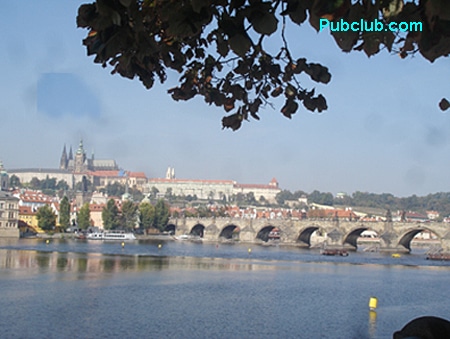
Prague Fast Facts
More Info to Know Before You Go
Here are some other interesting facts and information about Prague:
PLAYS AND CONCERTS – Its cultural roots never seem more than a step away in Prague. Nearly every night, there are concerts or plays; information is posted on billboards throughout town, especially around Old Town Square. The striking Municipal House, which has classical concerts, is one of the best places to spend an evening.
PRAHA 1, 2, 3, 4, 5… – Many maps refer to areas as being in “Praha 1” or another number. While certainly useful for some it’s hardly necessary to learn it all; most of a visitor’s time is spent in “Praha 1.”
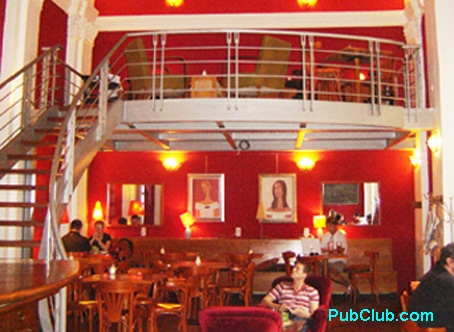
INTERNET BOOKSTORE – Rest those tired feet – and check up on the e-mail with a good meal and cold beer – at The Globe. Long a Prague haven for backpackers, it’s been recently purchased (and thus saved) by an American from Chicago (and run by an American from Boston, ironically both named Mike) who have turned it into a cool, hip hangout. It has good food, good company and wireless Internet. Here’s its website.
SHOPPING – Crystal is a great bargain in the Czech Republic and hundreds of shops, from small ones on narrow streets by Old Town Square and other tourist areas to high-end places where it’s not wise to enter if you’ve had a few Czech brews, are all over Prague.
There are also trinket and t-shirt shops and dozens of tiny shoe stores almost hidden on side streets. More mainstream shops, and even a mall, is on Na Prikope, between Powder Gate (an arch leading to Old Town Square adjacent to the Municipal House) and Wenceslas Square.
LAUNDRY – The best way to get laundry done in Prague is by giving it to the hotel maid. She will provide same-day service (about 800KC for a full load).
ENGLISH-LANGUAGE NEWSPAPER – The English-language newspaper, which has an entertainment section, is thePrague Post.
WEATHER – Prague is warm in the summer and cold in winter. We could leave it at that, but for temperatures, it ranges from 1 to -5 (C) in January to 25-30 in July. It does snow in the winter, which makes for a beautiful wonderland while at the same time less pleasant walking conditions.
Leave a Reply
You must be logged in to post a comment.